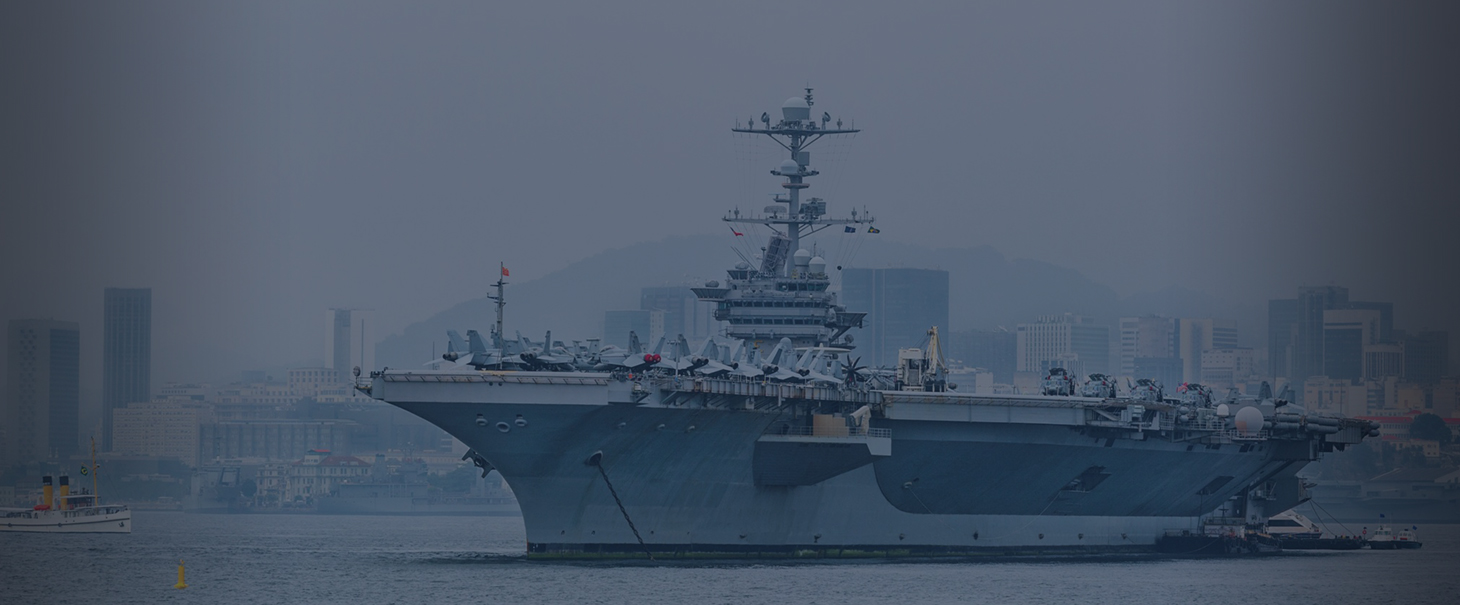EXPERT
Issues
Locations
DOWNLOAD
Since coming to power, Cuba’s President Raúl Castro unleashed a series of important, albeit limited, economic reforms to revitalize the stagnant Cuban economy. Many analysts use the shorthand “Chinese model” to describe the nature and direction of the reforms, yet while there are apparent similarities, a closer analysis shows significant differences.
Cuba’s current leaders appear to have acknowledged the failure of the command economy to provide prosperity through increased productivity and growth, but so far reforms are modest, slow and tentative.
This is not the first time Cubans have used market mechanisms to increase output. With the collapse of the socialist bloc, for instance, Cuba’s economy contracted by an estimated 40 percent and the regime opened itself up to markets, some private initiative, foreign investments and dollar legalization to survive. By the late 1990s, Venezuela’s Hugo Chávez government replaced the Soviet Union as Cuba’s new benefactor and as a result Fidel Castro again reverted to a centralized economy. According to University of Pittsburgh economist Carmelo Mesa-Lago Venezuela’s annual subsidies now amount to an estimated $13 billion a year. For Raúl Castro the task involves preparing for the prospect that Venezuelan support might collapse and scrapping an economic model seemingly incapable of generating real growth and sustaining Cuba’s population.
In fact, maintaining the revolution’s vaunted achievements in health care, education and social services is increasingly untenable for the long run without productivity improvements. Currently, social spending accounts for a full 53% of the government’s budget or 34% of the GDP. In the light of rising debt, negative trade balances, low labor productivity and decreasing outputs throughout the economy the model of a lavish welfare state is unsustainable and it is Cuba’s poorest who will feel the pain soonest.
Cuba’s traditional economic sectors, such as agriculture and the sugar industry have fared poorly through damaged and aging equipment, lack of inputs, poor infrastructure, high transportation costs, rampant bureaucracy and the lack of capital. Labor productivity is extremely low throughout the economy and there are widespread shortages of food, consumer goods, services and housing.
In the recent past those segments of the Cuban economy showing most promise are also those attracting the greatest foreign direct investment (FDI): energy (petroleum and natural gas), mining (nickel) and tourism. In this respect, China has been a rising key foreign investor in Cuba as well as a major lender of last resort since the global financial crisis. For example, China has pledged $6 billion to modernize the Cienfuegos oil refinery and to build a new liquid gas plant. Chinese buses and cars on the streets of Havana and Chinese goods in Cuban stores are a common sight.
FDI is also crucial since Cuba’s levels of investment (10% of GDP versus a Latin American average of 22.4%) are among the lowest in the Americas. According to a Reuters report Cuba needs to attract $2 billion to $2.5 billion in foreign direct investment per year to reach its economic growth target of 7 percent. The recently opened Mariel Special Economic Zone is another attempt to attract capital.
The reforms: intentions and results.
Fundamentally the reforms are a retreat by the state in some areas of economic activity. One key step is to reduce the public sector workforce by nearly a million workers out of a total labor force of 5.2 million. In order to absorb this surplus labor the government has allowed opportunities for self-employment leading to the growth of new micro-enterprises. One result is that a growing number of Cubans now depend less on the state and more on customers for their incomes.
Cuban farmers are now permitted to rent idle state-owned land in an effort to increase agricultural output, substitute imports and help feed the cities. Also, Cubans are now able to purchase homes and automobiles, although many restrictions apply. Goods and services absent for nearly thirty years are slowly reemerging. But the limited reforms account for less than stellar results.
Critics point to the partial, exceedingly slow and uncoordinated nature of the reforms. Many obstacles exist such as excessive regulations on producers and heavy tax burdens generating disincentives and impeding progress. For instance, while a new restaurant owner may use profits to purchase a second home or even a car, so far the reforms prohibit him or her from what foreigners are encouraged to do: invest in new Cuban ventures and hire more workers than allowed by the government. Clearly the ability of a private sector to absorb a greater section of the workforce and to raise productivity is impeded by prohibitions on capital accumulation.
One major reform still unimplemented is ending the dual currency system. Currently wages and public service fees are denominated in Cuban pesos (CUP), while the tourism industry and most luxury items are denominated in convertible pesos (CUC). The existence of a dual currency, profoundly overvalued without any real convertibility, invites corruption, waste and prevents the development of an integrated domestic market not to mention the emergence of two classes of consumers. Additionally, most Cubans are paid a monthly salary worth US $19-24 a month, with real wages dropping a full 73% between 1989 and 2010. At this point, higher wages without a corresponding increase in output will merely yield inflation.
Slouching towards change.
The reforms appear insufficient to solve the problems accumulated over fifty years of centralized socialism. For many, the pace of reforms seems glacial and alarmingly tentative in nature. Some analysts, such as Mesa-Lago, speculate that the slowness and attendant limitations are probably a function of conflicts among Party and State leaders. While encouraging an emergent private sector, policies that also siphon out profits, regulate excessively and prohibit capital formation smack of inefficient compromises between a divided central leadership. Moreover, outside of joint ventures with Cuba’s military holding company GAESA with foreign investors, there is little talk of liberalizing other major factors of production such as transport and communications.
Like early Chinese reformers, some Cuban officials fear an unfettered market will get ahead of their ability to control events and spawn an independent middle class. These leaders, like their 1980s Chinese co-ideologists, advocate a “birdcage theory” hoping that markets and private initiatives can be controlled tightly within the overall command economy. So far, the official line is that changes are meant to improve the socialist system, not to establish capitalism.
Unlike China, however, Cuba has not addressed a number of fundamental political questions. It is often overlooked that China’s reforms included the overhaul of the state involving the decentralization of decision-making to local authorities as well as the replacement of large numbers of cadres whose resistance stalled early reforms. It also took Deng Xiaoping’s injunction that there was nothing wrong with the rich getting richer to unleash the kind of economic activities that lead to real major growth. It is extremely unlikely that the current generation of Cuban leaders can sing that song. So far nothing nearly as bold has been seen or heard in Havana.
Read the original article at ChinaUSFocus.com.


 Fernando Menéndez
Fernando Menéndez